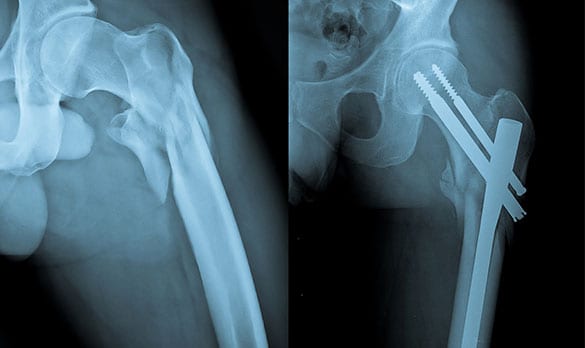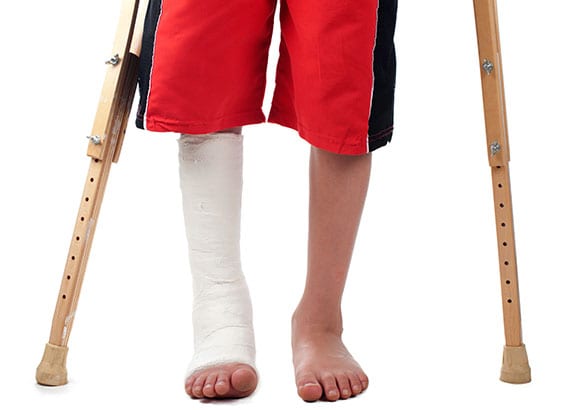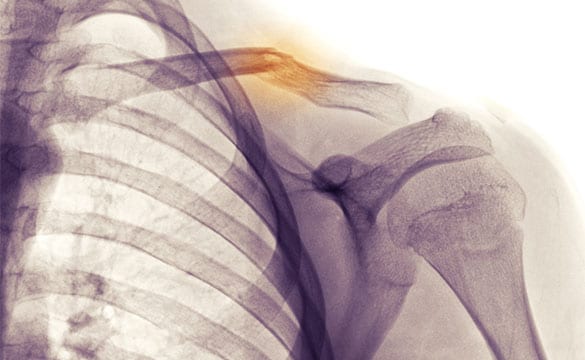
Learn more about common types of Fractures and how LA Orthopedic Group can help.
A fracture is the term used for any broken bone. A fracture can be an entire break of a bone, a partial break in various directions, or multiple breaks in an assortment of shapes, sizes, and pieces affecting one bone or several bones.
- The extent of the damage will depend on what caused the break
- Some breaks are small enough to heal on their own
- Others may require bracing, support from a cast, or surgery
CONTACT US TODAY
Common Types of Fractures
Each bone has its own breaking point. The type of fracture that occurs will depend on how much pressure is placed on a bone or joint, and the discomfort experienced will depend on where the fracture occurs. For instance, joints in the spine (facet joints) may become weak and develop stress fractures that could cause a spinal disc to slip out of place and put pressure on nearby nerves. Fractures can be categorized in the following ways:
- Stable: A “clean” break occurs and the broken parts of the bone are still in the right position.
- Open/compound: The fractured bone either breaks through the skin or results in an open wound without the bone being visible with this type of break.
- Transverse: Breaks that are from one side of a bone to another are transverse.
- Oblique: The bone is broken at an angle.
- Comminuted: Bones with this type of break are shattered into multiple pieces.


Causes of Fractures
Trauma is the reason why most fractures occur. Bones may also be more likely break due to weakness caused by lack of proper nutrition. Repetitious movements may also put enough wear and tear on bones to cause a fracture at some point. Conditions like arthritis and osteoporosis also contribute to fractures as bone mass (weight) is lost. Low bone mass (osteopenia) can make even minor falls potentially serious. Other than sudden pain and an inability to move the affected bone, symptoms associated with fractures may include:
- Tenderness in the affected area
- Swelling, redness, or bruising
- Pain that suddenly develops when attempting certain movements
- An “out of place” appearance of the bone
Treatment Options
The basic goal with any treatment for a fracture is to restore alignment and function. After the broken bone has been examined and the type of fracture has been identified, usually with an X-ray, efforts will be made to put the broken parts back together to allow new bone tissue to form and produce solid bone again.
Typically treatments for fractures include traction and casting or bracing. Surgery is sometimes necessary to reposition bones. Options include open reduction and internal fixation where bone fragments and repositioned and held in place with hardware (screws, plates) and external fixation, which involves the placement of a metal bar outside of the skin that’s connected to screws or pins inside where the bone is broken.
Conditions like osteoporosis cause nearly 2 million fractures each year and bones progressively lose strength with age, increasing the risk of sustaining an injury. Any type of broken bone, no matter what happens to cause it, can be painful and inconvenient. Not all types of fractures are preventable, but there are steps that can be taken to keep bones strong and healthy, including getting regular exercise, maintaining a healthy weight, and adjusting your diet with age to account for deficiencies with calcium and vitamin D that can weaken bones.




